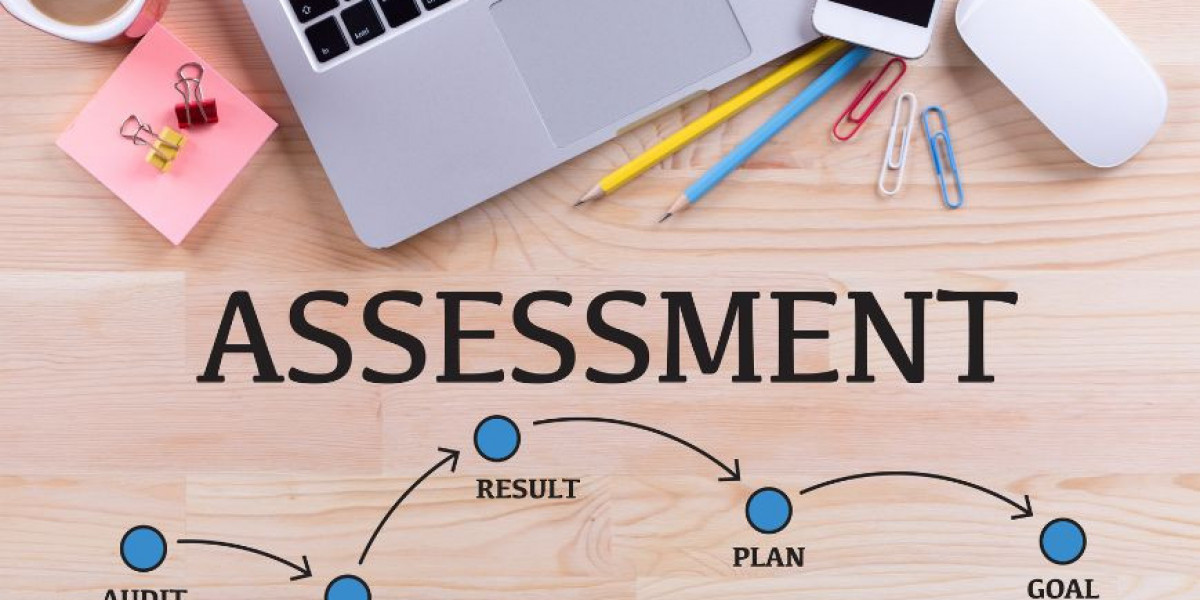In Australia, Registered Training Organizations (RTOs) are entrusted with the responsibility of delivering quality vocational education and training (VET) that leads to nationally recognized qualifications. A key component in maintaining this high standard is the use of valid, reliable, and compliant assessment tools. These tools ensure that learners are assessed fairly and accurately, based on the knowledge, skills, and competencies required by the industry.
Validating assessment tools is not just a regulatory requirement—it’s a vital practice that directly impacts the quality of training and assessment outcomes. In this article, we will explore why validating assessment tools is so important for RTOs, how it supports compliance with national standards, and the broader implications for ensuring quality training and learner success.
What is Assessment Validation?
Assessment validation is a systematic process that ensures assessment tools and practices meet required quality standards, effectively measure the competencies they are intended to assess, and are consistent with industry expectations. The validation process involves reviewing assessment materials, methods, and outcomes to verify that they are valid, reliable, flexible, and fair.
According to the Standards for RTOs (SRTOs), RTOs are required to validate their assessment tools and processes regularly, and this includes ensuring that the tools are consistent with the unit of competency, the learner's needs, and the context in which they are being used. This process is a key aspect of quality assurance and ensures that RTOs meet their obligations under the VET Quality Framework (VQF).
Why is Validating Assessment Tools Crucial for RTOs?
1. Ensuring Compliance with Regulatory Standards
RTOs are bound by the Australian Skills Quality Authority (ASQA) regulations, which mandate that assessment tools be validated to ensure that they meet specific standards. The SRTOs (Standards for Registered Training Organisations) require RTOs to:
- Develop and use assessment tools that are valid, reliable, flexible, and fair.
- Validate assessment tools and practices at least once every five years, or more frequently if required by the context or outcome of previous validations.
Failure to validate assessment tools can result in non-compliance, which can trigger penalties, audits, or even suspension of registration. Regular validation is one of the ways RTOs can demonstrate that they are meeting regulatory standards and ensuring the integrity of their training and assessment processes.
2. Improving the Quality and Reliability of Assessments
Assessment tools must be capable of accurately measuring a learner’s competence. Validating assessment tools ensures that these tools are fit for purpose, reliable, and provide consistent results. If an assessment tool is not validated, there is a risk that learners may not be assessed fairly, leading to inaccurate conclusions about their competencies.
By validating assessment tools, RTOs can:
- Ensure Alignment with Training Packages: Assessment tools should be directly aligned with the training package or unit of competency to ensure that they assess the correct skills and knowledge. This alignment is essential for the integrity of the qualification and to ensure the relevance of the training to industry needs.
- Enhance Assessment Reliability: Validation ensures that assessment tools consistently measure learner competency in the same way across different cohorts, trainers, and contexts.
- Provide Fair and Equitable Assessment: It helps identify and eliminate any potential biases or barriers in the assessment process, ensuring that all learners, regardless of their background or abilities, are assessed fairly.










